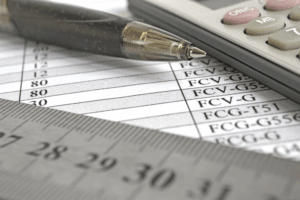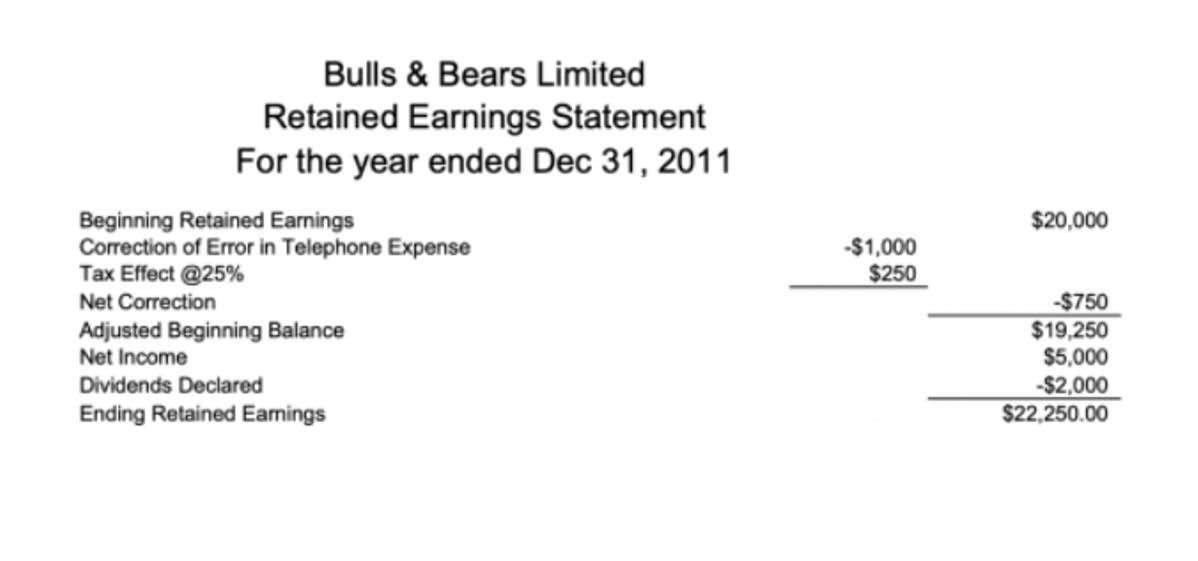Amortization is a financial concept that allows an asset or a long-term liability cost’s gradual allocation or repayment over a specific period. This method helps in matching the expenses with the revenue or benefits generated by an asset or liability over time with accuracy. Furthermore, amortization in accounting offers a more accurate representation of a company’s financial performance. With an amortized loan, principal payments are spread out over the life of the loan. This means that each monthly payment the borrower makes is split between interest and the loan principal. Because the borrower is paying interest and principal during the loan term, monthly payments on an amortized loan are higher than for an unamortized loan of the same amount and interest rate.
Amortization and Goodwill
On the other hand, the declining balance method allows higher deductions in the early years of an asset’s life, which enhances cash flow for businesses initially. The declining balance method of amortization calculates higher initial deductions that decrease over time as the asset’s value reduces. This method applies an amortization rate to the remaining book value of the asset, resulting in larger deductions in the earlier years and smaller deductions as the asset ages. Understanding amortization aids in effective financial planning and management.
Depreciation accounting software
Each of these loans is structured differently in terms of purpose, term length, and interest rates, but they all share the common feature of amortization. Business loans are often used by companies to finance new equipment, office expansions, or other major business needs. These loans are typically amortized, ensuring that the business repays the loan in manageable chunks over time. Amortization, in finance, the systematic repayment of a debt; in accounting, the systematic writing off of some account over a period of years.
How do you calculate mortgage amortization?
During the loan period, only a small portion of the principal sum is amortized. So, at the end of the loan period, the final, huge balloon payment is made. This method, also known as the reducing balance method, applies an amortization rate on the remaining book value to calculate the declining value of expenses. Since intangible assets are not easily liquidated, they usually cannot be used as collateral on a loan. Amortization, in the case of a loan, often follows the principle of the installment method where each payment to the lender includes both interest expense and principal repayment.
- As time progresses, more of your payment goes toward reducing the principal.
- With each payment, you gradually reduce the balance of the loan until it’s completely paid off by the end of the loan term.
- In other words, the equal total amount of the principal is paid down over the relevant time period.
- Both methods serve to allocate the cost of assets over time, but they are used in different contexts and have distinct implications for financial statements.
- With the lower interest rates, people often opt for the 5-year fixed term.
- Over time, this will shift, so more of your payment will go toward the loan principal.
With a fixed-rate mortgage, the monthly payments remain the same throughout the loan’s term. However, this structure leaves a significant portion of the principal due at the end of the term. Amortization of intangible assets is typically calculated using the straight-line method, which recognizes the same expense in each accounting period. This approach allocates the cost of an intangible asset uniformly throughout its useful life, ensuring consistent expense recognition. With an interest-only loan, you pay only the interest for a set period of time, often 5 to 10 years. During this period, none of your payments go toward reducing the principal.
Popular degree programs at the Munich Business School
Personal loans are typically unsecured, meaning they don’t require collateral like a house or car. They can be used for a variety of purposes—debt consolidation, home renovations, medical expenses, or other personal needs. Like mortgages and auto loans, personal loans are amortized, which means they’re paid off in equal monthly installments over a fixed period of time. Sometimes it’s helpful to see the numbers instead of reading about the process. The table below is https://4xdirect.com/tag/accounting known as an «amortization table» (or «amortization schedule»).
An amortization schedule helps borrowers track the allocation of each payment towards interest and principal, simplifying debt reduction monitoring. Amortization calculators visualize debt decrease, aiding financial forecasting and planning. Whether you’re buying a home, financing a car, or consolidating debt, amortized loans offer predictability and structure, making them easier to manage. Understanding how amortization works, and how to calculate it, gives you control over your finances, allowing you to make smarter borrowing decisions. A balloon loan has small, regular payments during the loan term, but a large final payment (the “balloon”) is due at the end. These loans can be risky because borrowers may struggle to make the large final payment.
For example, some countries allow this deduction for specific intangible asset types like patents or copyrights, while others may have more specific criteria or restrictions on these tax deductions. Amortized cost is that accumulated portion of the https://nsra-adnf.ca/contraband-tobacco/tobacco-insider-talks-major-firms-were-deeply-involved-in-cross-border-smuggling-former-executive-says recorded cost of a fixed asset that has been charged to expense through either depreciation or amortization. Depreciation is used to ratably reduce the cost of a tangible fixed asset, and amortization is used to ratably reduce the cost of an intangible fixed asset. The amortized cost term can also be applied to the accumulated amount of depletion of a natural resource that has been charged to expense. Perhaps the biggest point of differentiation is that amortization expenses intangible assets while depreciation expenses tangible(physical) assets over their useful life.
What is an Amortized Loan?
You might find your mortgage amortization schedule by logging into your lender’s portal or website and accessing your loan information online. Different amortization methods can impact the financial statements and tax obligations of businesses. Choosing the https://calcasieuorchidsociety.com/how-a-lot-does-a-kitchen-rework-value.html right method depends on the nature of the asset and the financial goals of the business. This systematic approach helps borrowers manage their debts more effectively and understand how their payments are being allocated. Mortgages are typically paid off over long periods—15, 20, or even 30 years. The benefit of a mortgage is that it allows you to purchase a home while spreading the cost over many years, making it more affordable.








